Middle and high school students were in for a treat when the Yamamura Laboratory at Tokyo Tech's School of Computing hosted an online science class focusing on the Internet of Things (IoT) on June 5. A total of 38 participants from across Japan joined "Raspberry Pi: From the basics to IoT in refrigerators" to create an IoT device using a kit that was mailed to them beforehand. This event, supported by the Tokyo Tech Fund, was originally planned as an in-person session in March 2020, but was postponed due to concerns regarding COVID-19.
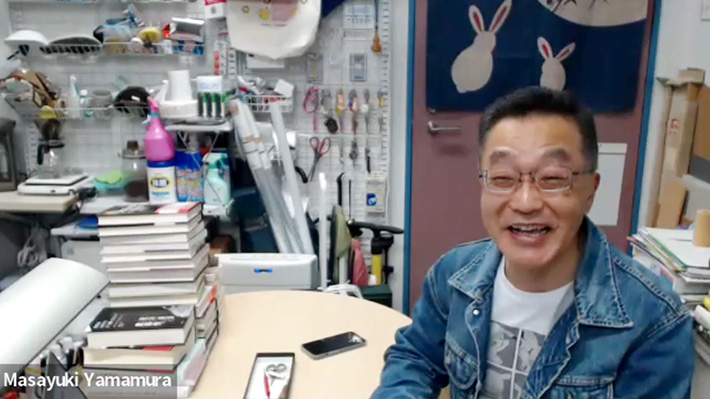
Prof. Masayuki Yamamura leading class
In recent years, a variety of open data has become available online, as have useful tools for data analysis and machine learning. Although there are many opportunities to learn how such acquired or formatted data is used, actual practice of data acquisition is less frequent. This event, based on the concepts of "creating a device to acquire data" and "converting familiar objects into data," combined a Raspberry Pi device with an open-close sensor to acquire and make visible data on the opening and closing of a refrigerator. In the lecture, participants learned about the concept of IoT, application examples, security risks, and other topics.
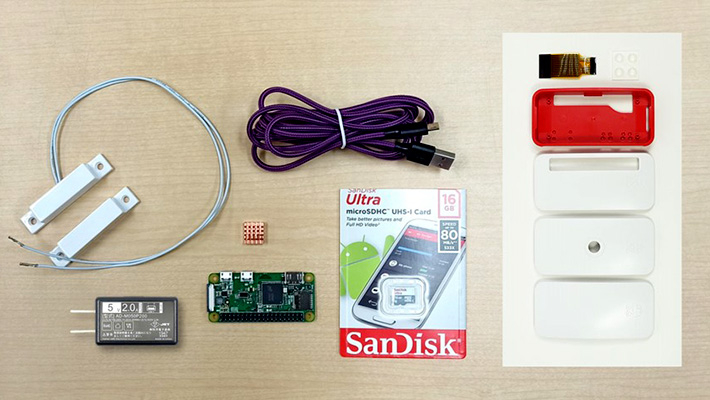
Kit mailed to participants of online IoT class
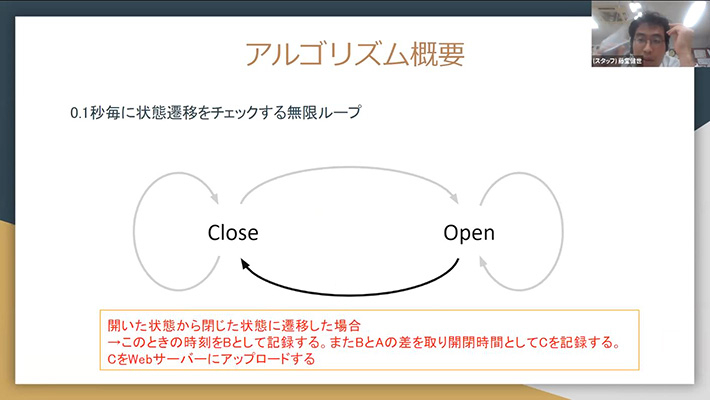
Explanation of algorithm
The participants connected their Raspberry Pi to their own PC, wrote and sent in code, and configured wireless LAN, automatic program execution, and other essential IoT settings. They were divided into three groups according to their level of progress. In the breakout rooms, the groups shared their screens to look for errors and receive appropriate support from Tokyo Tech's four teaching assistants (TAs). While being introduced to and grappling with the use of various commands, approximately 70 percent of the participants completed their devices. The others continued to receive support from the TAs after the event.
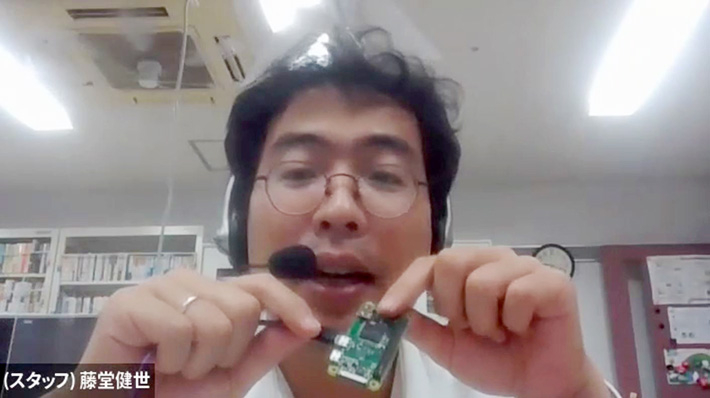
Staff member explaining method to create device
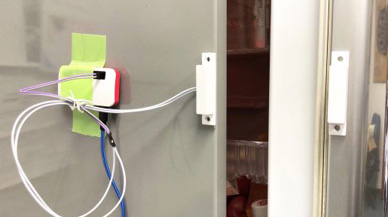
Device on actual refrigerator
The completed devices have now been installed on the refrigerators of the participating students who created them, and will be accumulating data over a three-month period. A special website for data visualization allows users to not only view the open-close logs of their own refrigerators, but also to compare and analyze the data of other participants using a heat map showing usage by time of day.
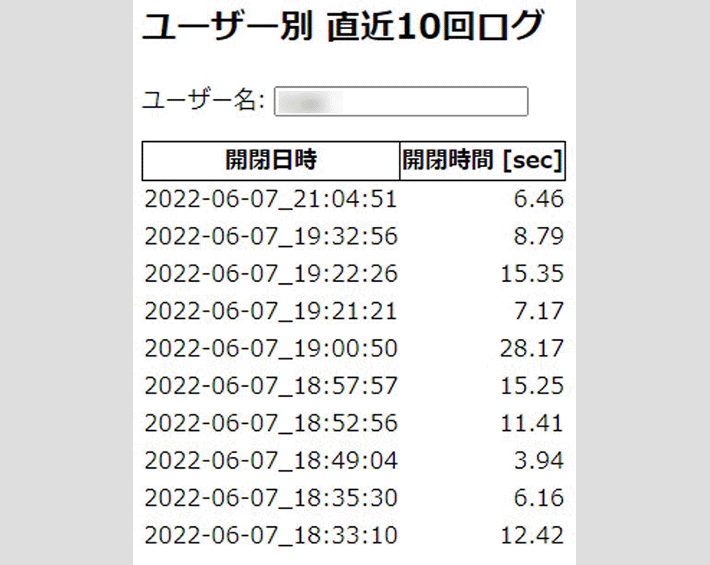
Log of fridge door openings and closings
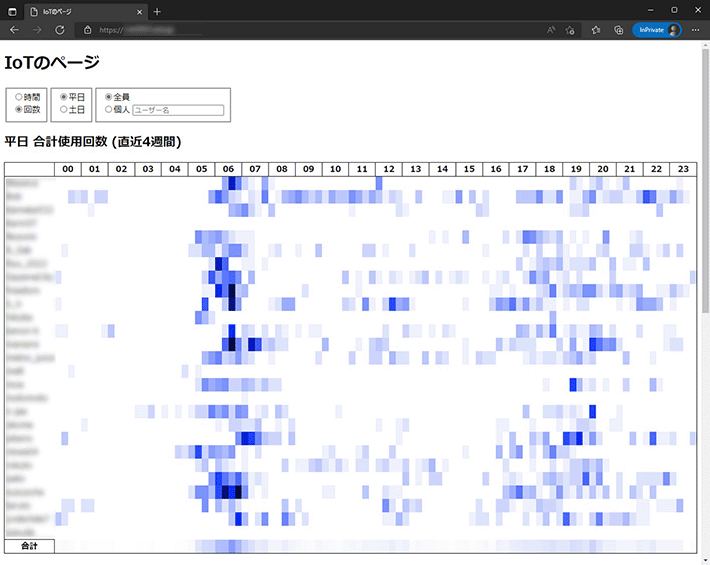
Heatmap by time of day to compare usage with other participants
In the post-event survey, participants expressed their satisfaction. One student found it interesting to enter code and confirm whether a connection to the network had been established. Another student was impressed when "open" and "close" were alternately displayed by adjusting the main.py file to move the sensor closer and farther apart.
To wrap up the session, Yamamura offered the participants some final words of encouragement. "The time when an address can be assigned to each and every fluorescent light has arrived. Things will continue to become more interesting as we attach these devices to other home appliances in addition to refrigerators, and acquire wide-ranging data horizontally. I hope that you will not be content with what you learn today, but will continue to develop these ideas on your own."






